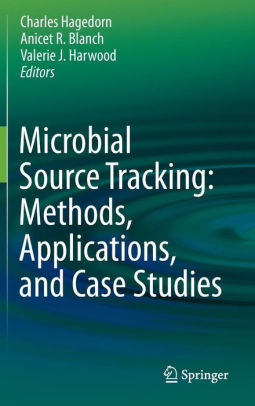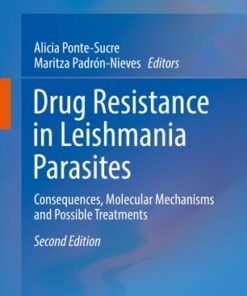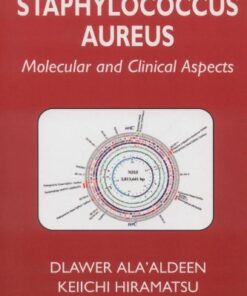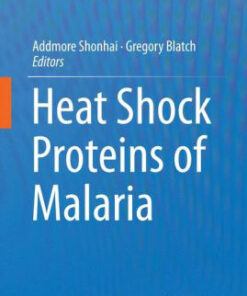(PDF) Microbial Source Tracking – Methods, Applications, and Case Studies by Charles Hagedorn
$18.00
Download instantly Microbial Source Tracking – Methods, Applications, and Case Studies by Charles Hagedorn, Anicet R. Blanch, Valerie J. Harwood. It is ebook in PDF format.
ISBN-10: 1441993851 ISBN-13: 9781441993854
Preview
This is the PDF eBook version for Microbial Source Tracking – Methods, Applications, and Case Studies by Charles Hagedorn, Anicet R. Blanch, Valerie J. Harwood
Table of Contents
Chapter 1: Overview.- Chapter 2: Performance Criteria.- Chapter 3: Library-dependent Source Tracking Methods.- Chapter 4: Library-Independent Source Tracking Methods.- Chapter 5: Viruses as Tracers of Fecal Contamination.- Chapter 6: Phage Methods.- Chapter 7: Pathogenic Protozoa.- Chapter 8: Chemical-Based Fecal Source Tracking Methods.- Chapter 9: Statistical Approaches for Modeling in Microbial Source Tracking.- Chapter 10: Mitochondrial DNA as Source Tracking Markers of Fecal Contamination.- Chapter 11: Community Analysis-Based Methods.- Chapter 12: Public Perception of and Public Participation in Microbial Source Tracking.- Chapter 13: Use of Microbial Source Tracking in the Legal Arena: Benefits and Challenges.- Chapter 14: Applications of Microbial Source Tracking in the TMDL Process.- Chapter 15: Relating MST Results to Fecal Indicator Bacteria, Pathogens, and Standards.- Chapter 16: Minimizing Microbial Source Tracking at All Costs.- Chapter 17: Environmental Persistence and Naturalization of Fecal Indicator Organisms.- Chapter 18: Agricultural and Rural Watersheds.- Chapter 19: Case Studies of Urban and Suburban Watersheds.- Chapter 20: Beaches and Coastal Environmenta.- Chapter 21: Source tracking in Australia and New Zealand: Case Studies.- Chapter 22: Microbial Source Tracking in China and Developing Nations.- Chapter 23: A National Security Perspective of Microbial Source Tracking.- Chapter 24: Applications of Quantitative Microbial Source Tracking (QMST) and Quantitative Microbial Risk Assessment (QMRA).- Chapter 25: Food Safety and Implications for Microbial Source Tracking.- Chapter 26: Training Future Scientists: Teaching Microbial Source Tracking (MST) to Undergraduates.- Index.




